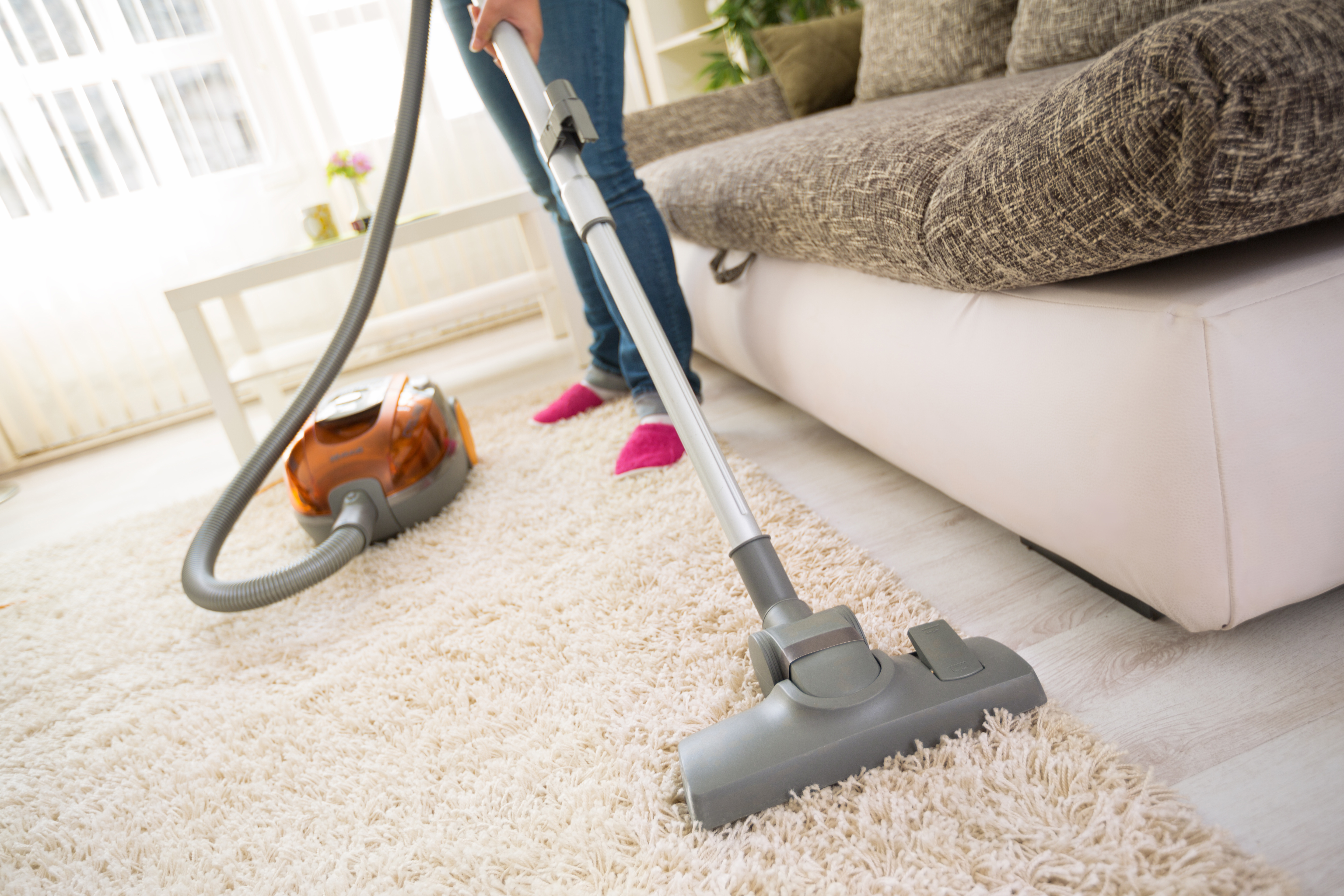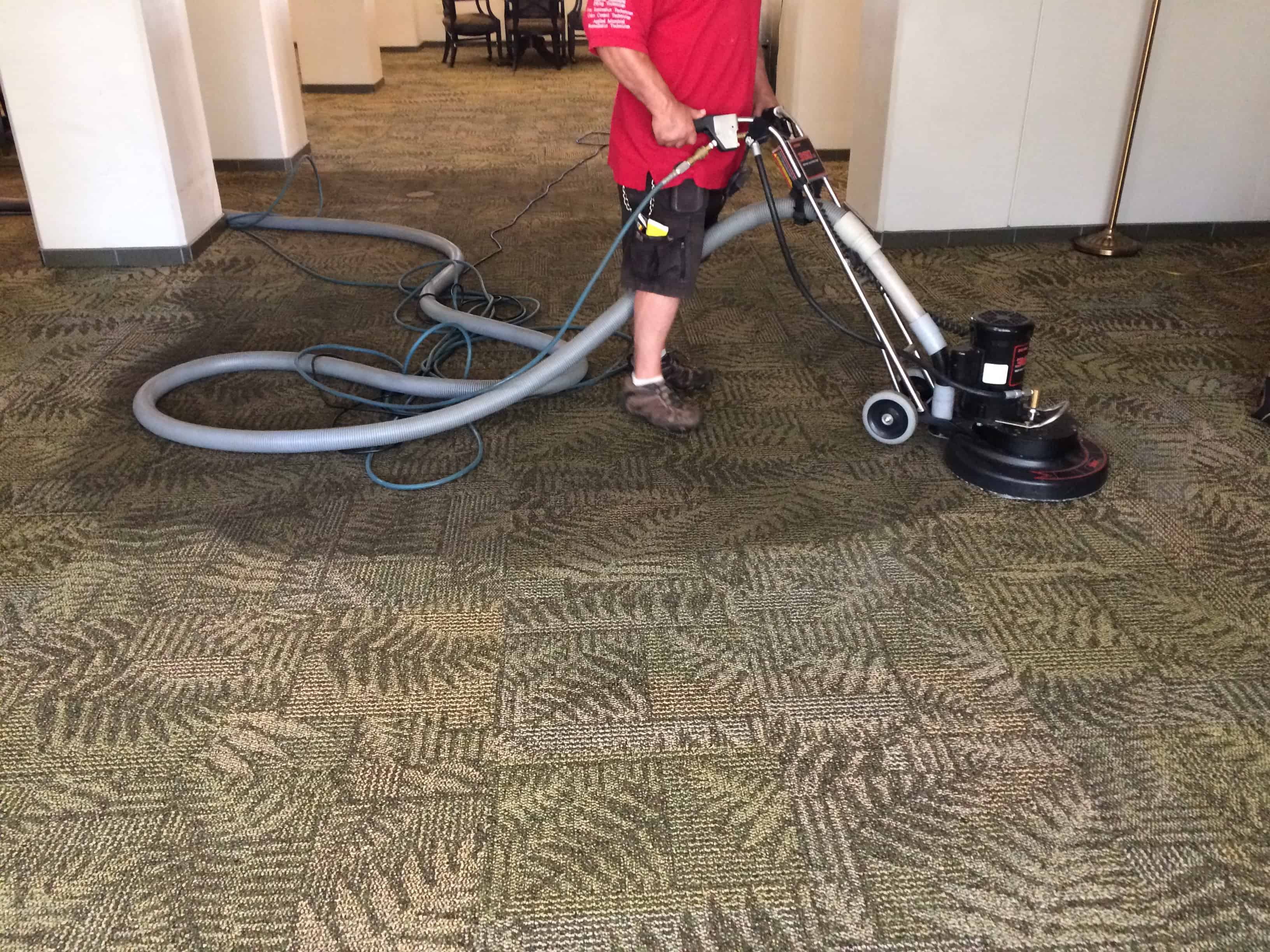If hard, bare bathroom floors give you the cold foot, pave a softer way by carpeting. There are enough kinds and colors to confuse even intelligent people. Personally, I would like to use indoor and outdoor carpet squares or cotton carpeting. They both do a good job of absorbing water, yet are unaffected by it. I’m not knocking the fuzzy synthetics. I’ve just always preferred the harder, absorbent squares or cotton.
The synthetics can be lovely and soft, but they do not take to water that nicely and feel rather clammy to the wet foot. With carpet squares you can take up the individual pieces that get dirty faster and wash in the basin or easily replace them with others. With carpeting, you can cut a couple of throw rugs to fit around the toilet base and toss them into the washer when need be. If you own a dog or cat, a piece of a heavy plastic runner under the newspaper or pan will protect the carpeting. Find the square footage you’ll need by measuring the length and width on the floor. Then multiply the figures. If you have an irregular layout, split the room into regular sections, measure, multiply, then add the sections together to get the total square footage needed.

Carpet squares often come in 12 inches squares. For the squares, the dealer has a converter that will take your square footage and translate it into the number of squares needed. With squares you’ll have practically no waste, although you should still buy extras for color match in case disaster strikes. With cotton carpeting, use the cutouts and leftovers as throw rugs to protect busy areas, for covering scale platforms or as a shock absorber for the tops of the toilet tank.
Carpet squares have carpet-like surface with either a plain or self-adhesive spongy backing. They are very easy to handle because you aren’t wrestling with a large bulk of material in a small area. Lay all the full-sized squares you can on the floor following the directional arrows on the backing of each square. The arrows ensure a better texture and color match. If the full-sized squares do not snuggle right up to the wall, you’ll have to fill in around the edges.
To fit the remaining areas around such obstacles as the sink, pipes, etc., take the dullest part of the newspaper and cut newspaper squares with a carpet square as your pattern.
If you buy a prepackaged carpet, pattern paper and directions come with it. Measure your bathroom, wall to wall, width and length. Cut the pattern to that size if necessary. Then take the pattern into the bathroom and fit it against the sides where you can. Paste a couple of short pieces of masking tape to hold it to edges so it won’t crawl when you do.
Using the side of your hand, fit the paper up to the front of the toilet. Draw a line along the paper, then pull it back up and cut from the back, straight to the line. Try to aim for the middle. Cut to the right and left along the line. Put the pattern back down, fitting it around the sides. Mark, cut, fit, and so on. If you cut too wide, you can always tape a piece of paper back in to make it right.

When you’ve finished, lay the pattern on the surface of the carpeting as it would go in the bathroom. Most directions tell you to put the pattern on the back, not the surface of the carpet. This means you have to do mental flip-flops of where the fixtures are. Rather than face that challenge I’ve found that by securely taping the pattern to the edges of the carpet, I can cut on the surface and prevent the possible confusion. If you order custom carpeting, it doesn’t come with a pattern. You can make one by taping sheets of brown wrapping paper together. Additionally, to maintain the quality of your carpet, it is advisable to hire carpet cleaner services to ensure that the dirt can be removed.




